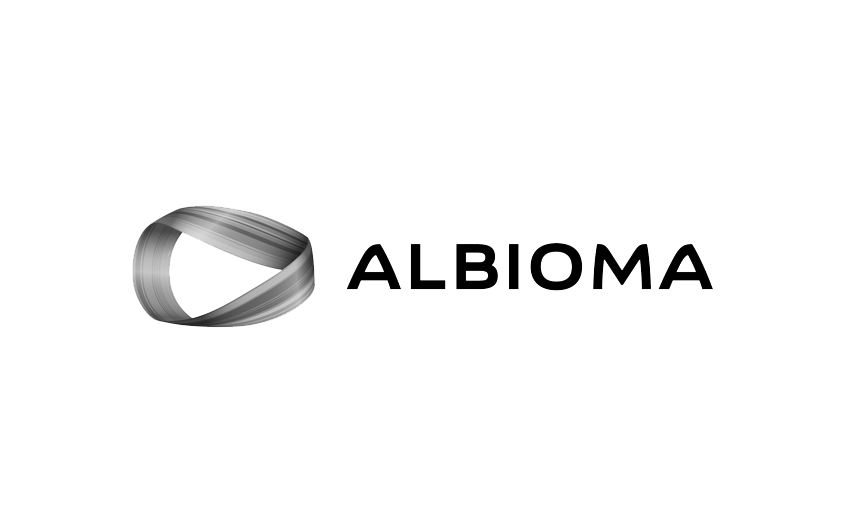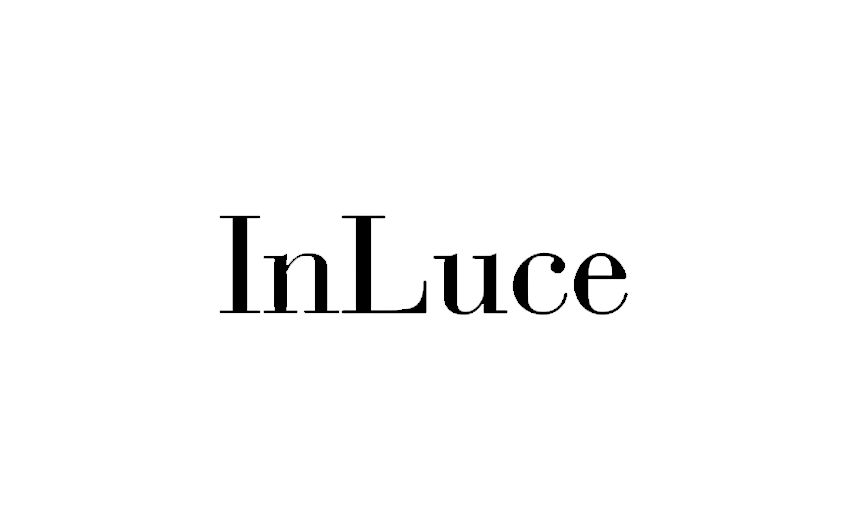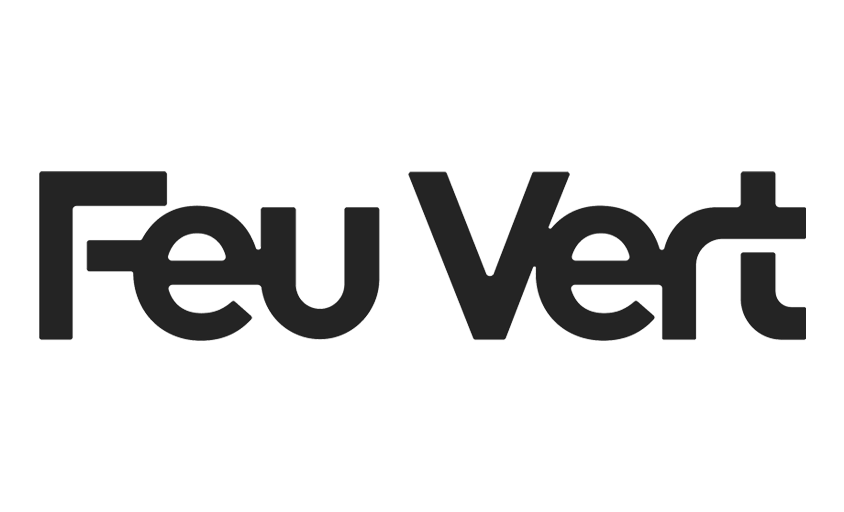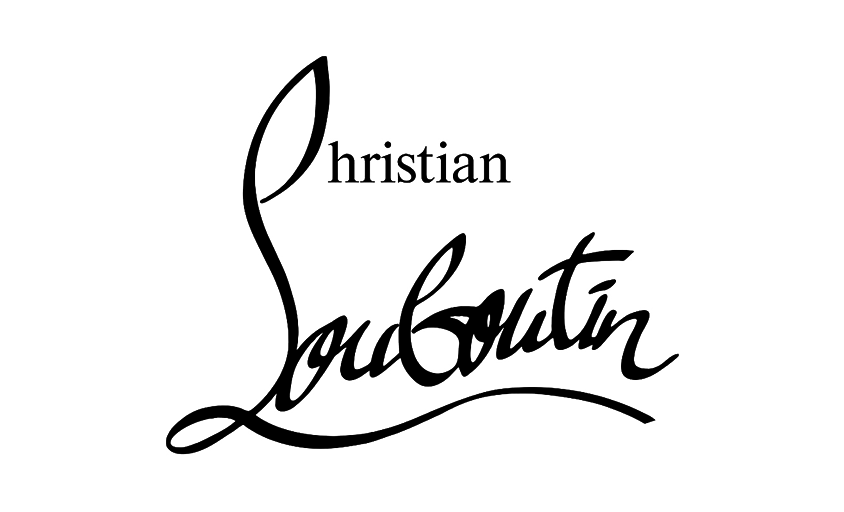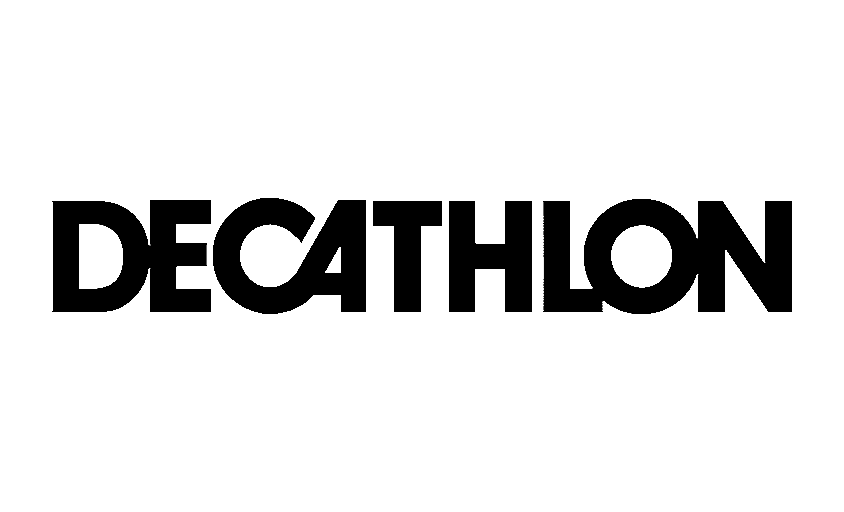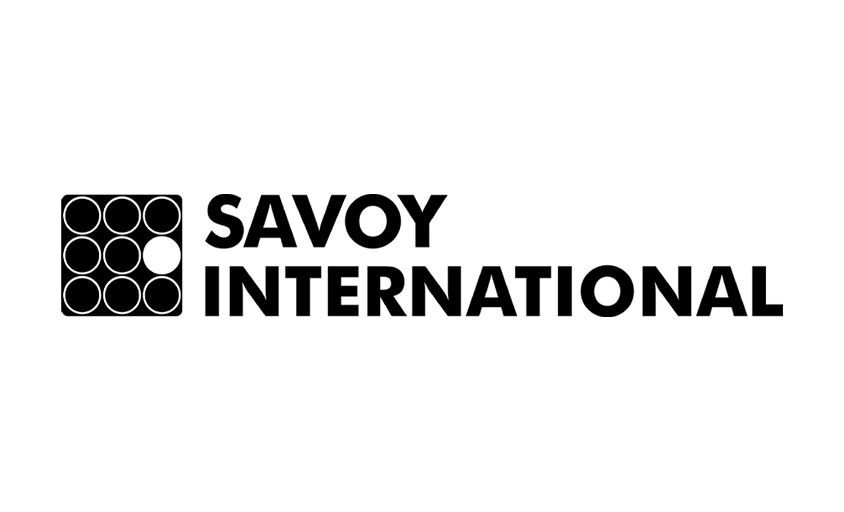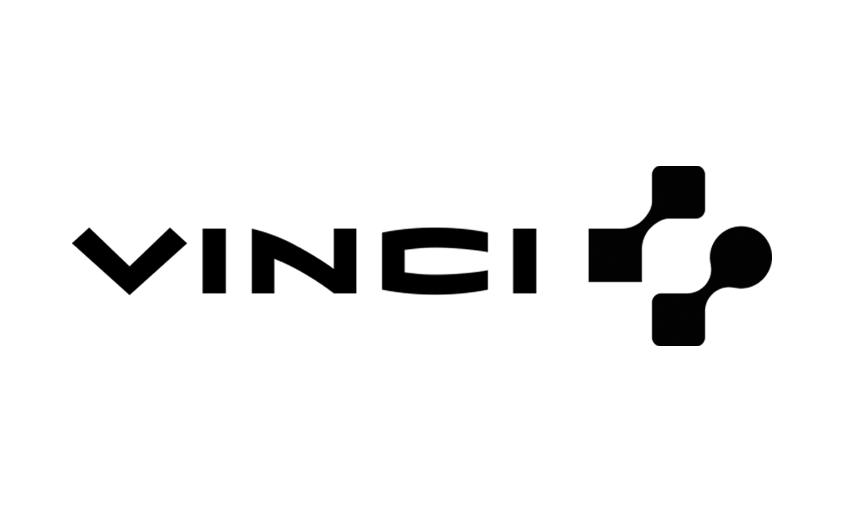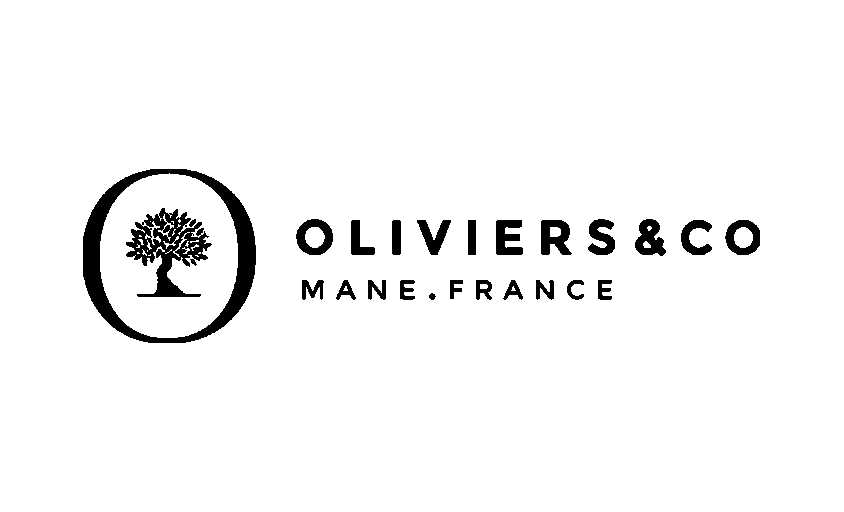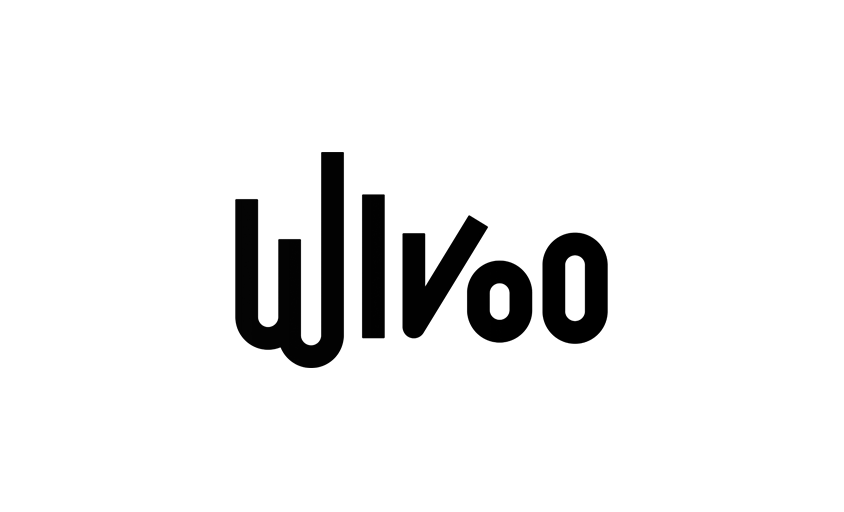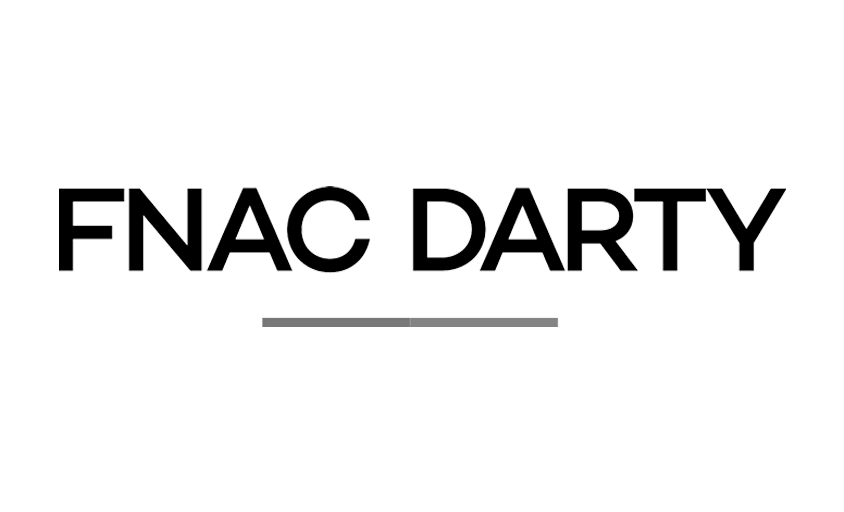Use of Photos on the Internet
In this article :
The internet is full of attractive photographs, but their use is not without legal restrictions. As image professionals, it is essential to understand the rules that govern the use of photos online.
Copyright: An Automatic Protection
In France, copyright automatically protects any original work from the moment of its creation, with no need for registration or a specific notice. This includes photographs, whether or not they feature a logo or a © symbol. As a result, any photo found on the internet is presumed to be protected by copyright, and using it without permission constitutes a violation of that right.
Obtaining the Author’s Permission
To legally use a photograph found online, it is essential to contact the author or rights holder and obtain explicit permission. This authorization should specify the conditions of use, including:
- The type of authorized use (commercial, editorial, personal, etc.).
- The duration of the authorization.
- The media on which the image may be distributed.
- Any restrictions or obligations (e.g., crediting the author’s name).
Without such permission, the use of the photograph is illegal and may lead to penalties.
Creative Commons Licenses: An Alternative
Some photographs are made available under Creative Commons (CC) licenses, which allow more flexible use provided that the specific conditions of each license are respected. The main CC licenses include:
- CC BY (Attribution): Allows use, modification, and distribution of the work, provided the author is credited.
- CC BY-SA (Attribution – ShareAlike): Allows use and modification, but derivative works must be shared under the same license.
- CC BY-ND (Attribution – NoDerivs): Allows use, but no modifications of the original work.
- CC BY-NC (Attribution – NonCommercial): Allows non-commercial use, with credit to the author.
- CC BY-NC-SA (Attribution – NonCommercial – ShareAlike): Allows non-commercial use, with credit and sharing under the same license.
- CC BY-NC-ND (Attribution – NonCommercial – NoDerivs): Only allows non-commercial use of the original work, with no modifications.
It is essential to check the license associated with each image and strictly adhere to its terms.
Image Banks: A Secure Source
To avoid legal risks associated with using photos found on the Internet, it is recommended to use image banks. These platforms offer licensed photographs with clear and secure usage terms. Among the most popular platforms are:
- Free image banks: Pexels, Unsplash, Pixabay.
- Paid image banks: Shutterstock, Adobe Stock, Getty Images.
Using these platforms ensures that copyright laws are respected and usage conditions are transparent.
The Risks of Unauthorized Use
Unauthorized use of a photograph can lead to several consequences:
- Civil penalties: The author may seek compensation for damages, which can include financial restitution.
- Criminal penalties: In cases of proven infringement, fines and prison sentences may be imposed.
- Image removal: The platform or website publishing the image may be required to take it down.
It is therefore essential to ensure that all images used are legally obtained and comply with copyright regulations.
✅ In Summary
- Respect copyright: Every photograph is protected from the moment it is created.
- Obtain explicit permission from the author before any use.
- Check Creative Commons licenses and follow their terms.
- Use image banks for safe and legal use.
- Avoid legal risks by ensuring each image is used lawfully.
As a photography agency, we are committed to respecting copyright and promoting the ethical and legal use of images. If you have photography needs, don’t hesitate to contact us.
Jérémy Carlo is the editorial director at Rétines, where he ensures the consistency and clarity of all content produced by the studio.
Our Clients
Let’s discuss
What we do for you at Rétines
Meticulous work, an organised project and fast delivery. And to achieve this, we mobilise the right resources in our teams at the right time.
01
Pre-production
Artistic and technical direction tailored to the project.
Relevant recommendations on content, form and resources.
02
Photo Shooting
Photos taken by our experienced photographers.
Production that’s controlled, efficient and tailored to the needs of the project, with nothing superfluous.
03
Retouching
Technique
Photographs magnified by our retouching team.
Post-production to meet the commercial challenges of the brief.


